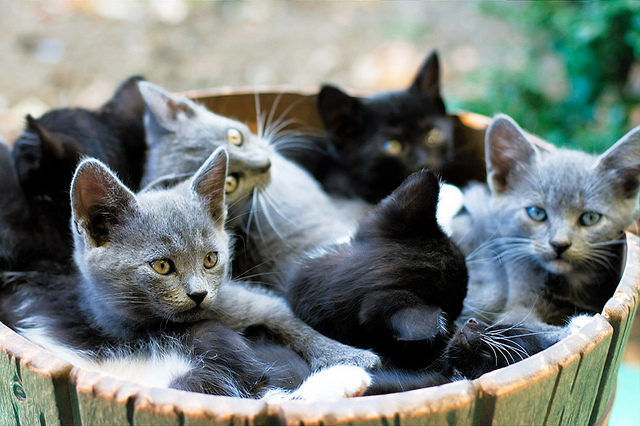Finding, Using, and Citing Images

Finding Images
- The Library has an excellent image research guide with links to image resources.
- In addition, public domain images can be found:
- at Pixabay (avoid the “sponsored” results highlighted in yellow after you search)
- on Flickr, here and here
- via advanced Google Image search (set the “usage rights” drop-down to “free to use, share, or modify, even commercially”)
- using other public domain image resources.
- Keep in mind that these additional resources tend to be less academic in nature.
- If it’s appropriate for your project, feel free to use photographs or other images you have created yourself.
Using Images
- The best formats for web use are JPG (or JPEG) and PNG.
- Look for images that are at least 400 x 300 for landscape (wider than tall) or 300 x 400 for portrait (taller than wide).
- To include an image on this site, download the highest-quality version you can find. When you upload that into this site, WordPress will automatically create several smaller-sized versions of the image so you can pick which size is most appropriate for your use.
- You can do some basic image editing in WordPress (crop, rotate, resize) once you’ve uploaded the image.
Citing Images
- Fair use generally means you can use an image without contacting the owner. You still have to cite it!
- If you are using a public domain image, you DO NOT have to cite it, although it’s still a good idea to do so. This lets others know where you found the image; they might also be interested in using it, or in finding other images from the same source.
- This guide, directly from the Chicago Manual of Style, provides fairly easy-to-follow information on how to cite an image. The Colgate Visual Resources Library also provides a citation guide.
Example Image with Citation
At the top of this page is an example of an image with the citation included as part of the caption. The advantage of including the citation in the caption is that the caption stays with the image; if you were to use the image multiple times you would not have to re-create the citation each time. However, you can also include the citation at the bottom of the page on which the image appears.